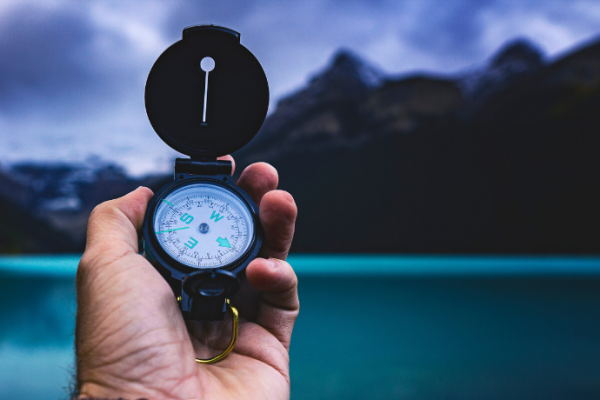By Alan Shapiro, Director of Foresight Canada’s waterNEXT network and Bo Simango, CEO and Co-Founder of Aquafort
It’s been said that if climate change is the shark, then water is its teeth. From flooding and drought to ocean acidification and coastal erosion, we are already seeing these impacts unfold across Canada and around the world. Inevitably, impacts are never isolated to a single Earth system. The complex web of relationships that defines our water, energy, and food systems–known as the water-energy-food nexus–means that the security of one cannot be achieved without also investing in the other two. The collective health of these systems provides a necessary foundation for community well-being, economic prosperity, and reconciliation.
What does a net-zero 2050 mean for water in Canada? In its simplest form, the future we envision for water is sustainable, secure, and equitable. In a world where Canada has achieved its 2050 goals, that future should include:
- Ensuring every water system across Canada, in particular rural, remote, and Indigenous communities, provides safe, clean drinking water.
- Strong data and research around the water issues we face, both in 2050 and beyond.
- A commitment to necessary funding, developing strong regulations, and enacting proactive measures to address these issues in real-time.
- Support for technological and social innovation ecosystems that cultivate climate solutions.
- A global leadership role in water technology, innovation, and conservation, with recognition of Canada’s privileged position as a developed economy.
- Viewing all water-related policy, investment, and action through the lens of sustainability, equity, and reconciliation.
We are not alone in imagining this future. Our Living Waters, a national network of freshwater organizations, has set the ambitious goal of seeing all waters in Canada in good health by 2030. This means that water in Canada is safe for swimming and drinking and contaminant-free; fish are flourishing and are healthy to eat; the flow of water in rivers and lakes supports life, recreation, and a healthy environment; and aquatic bugs that form the base of the food chain are thriving in all of the waterways in Canada.
However, as a recent article from MakeWay makes abundantly clear, we’ve got a lot of work to do:
“There are more than 200 federal departments and agencies in Canada, with more than 20 of these departments having freshwater responsibilities and over 75 interacting with water in one way or another. Canada has specific agencies for fish, agriculture, and natural resources – all of which impact and rely upon water – yet we do not yet have one for our most abundant resource.”
Two new high-profile federal initiatives–the Canada Water Agency and Blue Economy Strategy–offer opportunities to advance national conversations around the future of Canada’s freshwater and ocean resources. Likewise, multiple funding announcements over the past year, including for land and water conservation, Indigenous protected areas, and First Nations drinking water bring much needed resources to water systems that have historically been under-funded and under-supported. These commitments are steps in the right direction, but more action is needed to draw on the full range of economic and policy tools at our disposal in Canada.
In addition to stewarding and restoring the health of our waters, Canada also has an important opportunity to play a global leadership role in water technology and innovation. These tools are only one part of the solution to the complex challenges presented by climate change, but they can serve to advance our central values of sustainability, security, and equity.
Water innovation can offer a range of environmental benefits, and the connection between water technologies and net-zero should not be overlooked. Freshwater and oceans represent a significant and largely untapped opportunity for energy savings, greenhouse gas emissions reductions, and renewable energy generation.
The technologies of tomorrow are already in development and aquaculture offers just one example. As the fastest-growing food sector in the world and burgeoning industry in Canada, aquaculture has seen significant technological advancements from Canadian companies that support environmentally conscious fish production. Aquaculture is a resource-intensive industry, and these innovative technologies can be the difference between the expansion of ocean-based fish farming that can be harmful to aquatic environments and the transition to sustainable, land-based fish farming. Canadian start-ups such as Aquafort AI are meeting challenges in acute production through a combination of artificial intelligence, sensor data integration, and predictive analytics to help land-based farmers maintain fish and ecosystem health.
As we head into a federal election where climate is taking center stage for the first time, we have an opportunity to chart the course for a net-zero future by 2050, and beyond.
—
Alan Shapiro is the director of Foresight Canada’s waterNEXT network and principal at water and sustainability consultancy Shapiro & Company. You can find him on Twitter @watercomm.
Bo Simango is the CEO and Co-Founder of Aquafort, a technology startup serving the aquaculture industry and board member with Sierra Club Canada Foundation. You can find him on Twitter @BoSimango.




